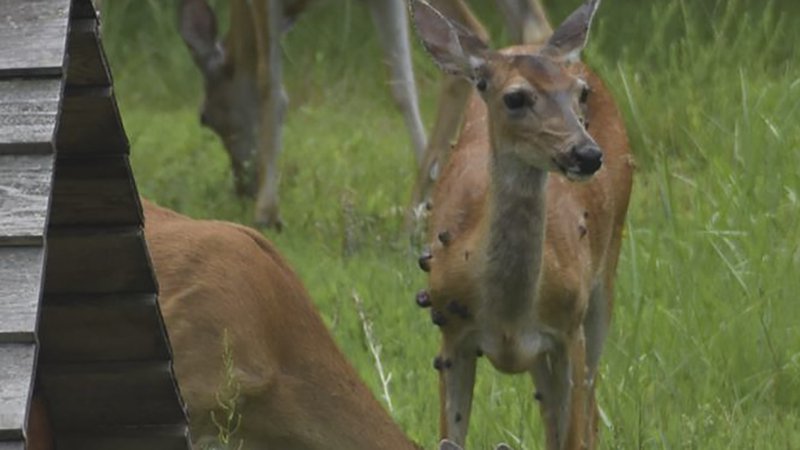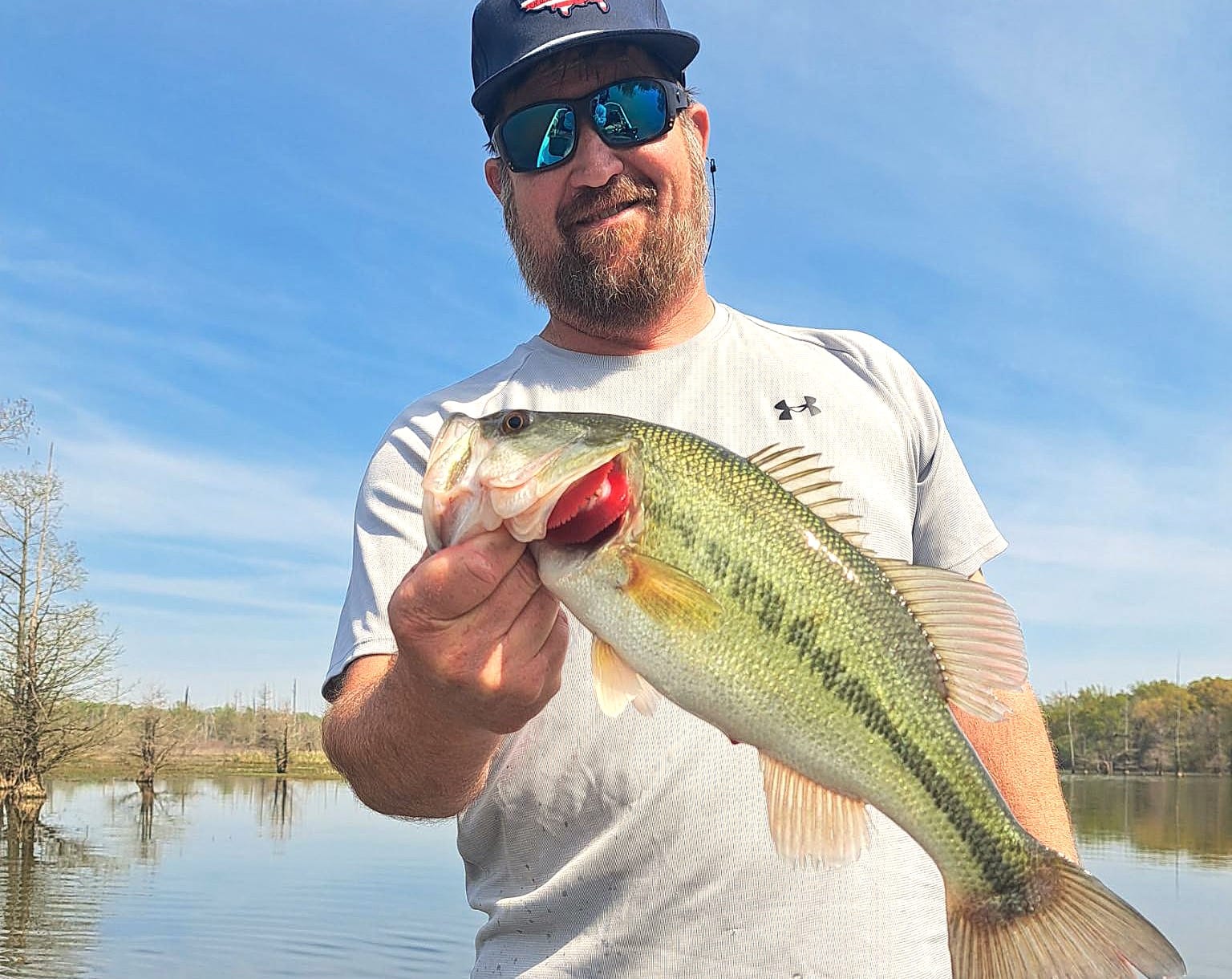‘Deer warts’ unsightly, but rarely serious
ON 10-25-2017

Oct. 25, 2017
Randy Zellers
Assistant Chief of Communications
Each year, hunters scan through images taken by trail cameras, taking an inventory of the deer calling their stand location home. Leave a camera up long enough and you may wind up with a picture of a deer with tumor-like growths along its sides, back or neck.
These warty obtrusions are called cutaneous fibromas, and they’re fairly common in deer. The tumor is actually caused by a virus that is thought to be transmitted by biting insects.
“The virus also may enter through a cuts or other breaks in the skin,” said Dr. Jenn Ballard, wildlife veterinarian for the Arkansas Game and Fish Commission. “But there’s no evidence that these growths can be transmitted to domestic pets, livestock or people.”
Ballard says biologists throughout the AGFC have seen an increase in the number of calls and images of the malady this year, usually with concerns that the growths may be an indication of chronic wasting disease or some other serious illness.
“These tumors are actually fairly common. There may be a few more cases happening this year, but it may just be that people are a bit more observant because of CWD awareness,” Ballard said.
The growths, usually ranging in size from as small as a pea to softball-sized, are rarely permanent and only pose any serious risk if they develop in areas where they interfere with the deer’s sight, breathing, eating or walking.
“If the tumors are damaged, secondary bacterial infections can set in, but the tumors alone more unsightly than they are harmful,” Ballard said. “In many cases, the tumors will go away on their own.”
Many hunters ask if deer with fibromas are safe to eat. A few small fibromas won’t make the meat unsafe for human consumption, and hunters who harvest deer with these lesions will notice the growths are only on the skin and don’t extend into the muscle tissue. In more severe cases, fibromas may become infected or discolor the muscle underneath. The virus is not known to infect people, but hunters should not consume animals that behave abnormally or have evidence of secondary bacterial infections associated with these lesions.
Recent News

Commission approves waterfowl season changes
Apr. 18, 2025

Arkansas Wildlife Weekly Fishing Report
Apr. 17, 2025
Subscribe to Our Weekly Newsletter E-mails
Don’t miss another issue. Sign up now to receive the AGFC Wildlife Weekly Newsletter in your mailbox every Wednesday afternoon (Waterfowl Reports are published weekly during waterfowl season and periodically outside the season). Fishing Reports arrive on Thursdays. Fill in the following fields and hit submit. Thanks, and welcome!
